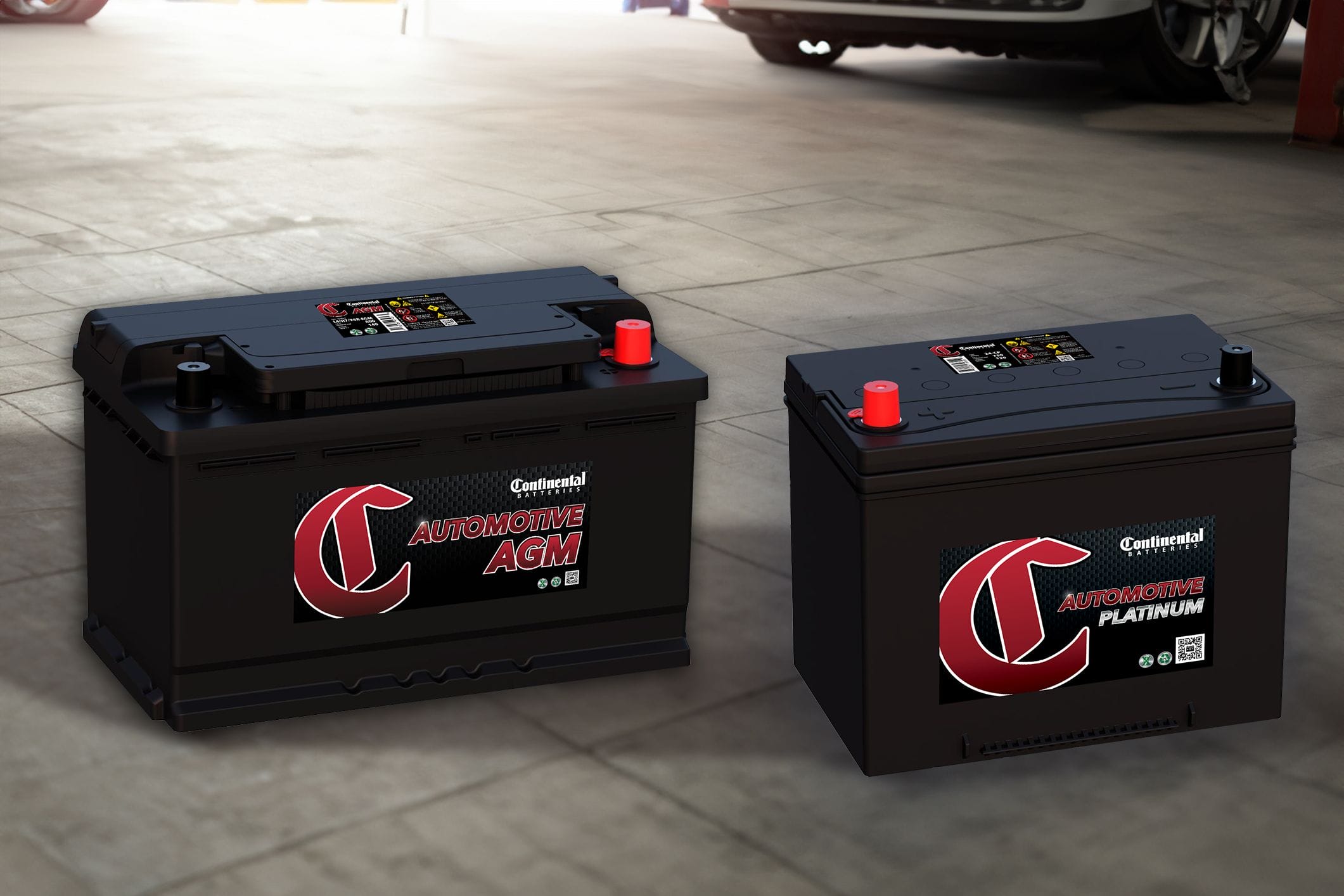
There you are, key in the ignition, ready to go about your day when instead of the sound of a motor jumping to life you’re met with the click of a dead battery. Then you see it: You left the headlights on all night and your car battery is drained.
Your car’s battery works hard — even more so in today’s vehicles that can have anywhere from 30 to 100-plus electronic control units powering electronic components.
As your car runs, the alternator recharges the battery, helping it power your stereo, power windows and seat warmers. When you leave the lights on for an extended period of time when the car is off, the battery continues to power that component. Since the car is not running, it can’t recharge. That’s called parasitic draw (also parasitic drain).
The name sounds insidious, but according to the Universal Technical Institute (UTI), most vehicles experience battery drain that is completely normal even if all the electronic components are turned off. “Typically, the normal amount of parasitic draw is between 50 and 85 milliamps in newer cars and less than 50 milliamps for older cars.”
A parasitic draw above this threshold is considered excessive. Over time, excessive drain can stress your battery, drawing it down quicker and shortening its life.
How Does Parasitic Draw Affect Your Battery?
The average lifespan for a lead-acid car battery is between three and five years. But there are a number of factors that can affect how long your battery lasts, including time, weather conditions, usage and higher than normal parasitic draw.
According to UTI, “Over time, the battery in your vehicle is going to wear down. It’s a part that will need replacing (usually after a few years, depending on how often you drive), but this could happen quicker as a result of parasitic drain.”
When a battery is in consistent charge deprivation, it can also lead to issues that spell instant death for your battery — like the buildup of lead sulfate crystals (or sulfation).
Watch for the following signs of a battery that is on its way out:
- Having to jump start your battery repeatedly. If your battery is dead, more often than not, it’s likely time to opt for a replacement rather than another jump.
- Dim lights or slow crank. A failing battery is sending less electrical current to systems like lights and the starter. You may notice this if your engine is slow to rev or feels sluggish when you turn it on. You may also notice your headlights aren’t as bright as they once were. Both could be signs it’s time for a replacement.
- Clicking noise. That click click when attempting to start your car could be caused by a failing battery.
- Something looks or smells off. A battery that is bulging or has a sulfuric (rotten egg) smell is a sure sign it’s time to replace.
How to Test for Parasitic Draw
To determine whether your car has normal or excessive levels of parasitic draw, you can test your car battery with a multimeter, an instrument that measures electric current, voltage and resistance.
Step 1: Set up your multimeter. Start with a fully charged battery, and ensure all the electronics in your car are turned off and the key is out of the ignition. Connect one of the leads on the digital multimeter to the negative terminal/post of your car’s battery and the other to the negative cable. If your multimeter reads outside of the normal parasitic draw range, you’ll need to figure out where the draw is coming from and how to fix it.
Step 2: Diagnose the problem. To diagnose which electronic element is pulling more battery power than it should, find your fuse box. With the multimeter still connected to the battery, pull out fuses one by one using a pair of pliers. When the meter reading drops sharply, you know you’ve found the culprit. Using the guide on the fuse box or in your car’s manual, you should be able to tell which element is connected to the offending fuse.
Common causes of parasitic draw include:
- Electronics. Today’s cars are computers on wheels. Each of the electronic components like power seat adjustments, navigation and entertainment systems draw from the battery. This is normal and not usually a cause of excessive draw, unless one of the components is malfunctioning.
- Lights left on in the car due to a faulty switch or a glove box that is not closing properly. This can be as obvious as a dome light left on overnight, but it can also be hidden from view and cause surreptitious drain on your battery.
- Faulty relay switches. According to YourMechanic.com, “If the relay shorts, it can leave power on to the computer, even when the vehicle is turned off. This will place a parasitic drain on the battery, which will eventually cause it to go dead.”
- Aftermarket installations. Anything to your vehicle like stereos, remote starters or alarm systems has the potential to cause parasitic drain if installed improperly.
Step 3: Repair or replace. Once you know the problem, you can determine how to repair it. It may be as simple as flipping a switch to turn off a light, or you could need more extensive repair work by a professional mechanic.
Pro Tip: Driving your vehicle for 30 to 45 minutes per week will help maintain the overall health of all the vehicle's systems and fluids. A typical alternator will provide enough charge over that period of time to maintain battery health.
Excessive parasitic draw can drain the life from your battery — literally. It can also have a significant impact on your car battery lifespan, causing performance issues over time. Ensuring the appropriate amount of draw — and quickly diagnosing and repairing any excessive battery drawing — can keep your battery working for you.






